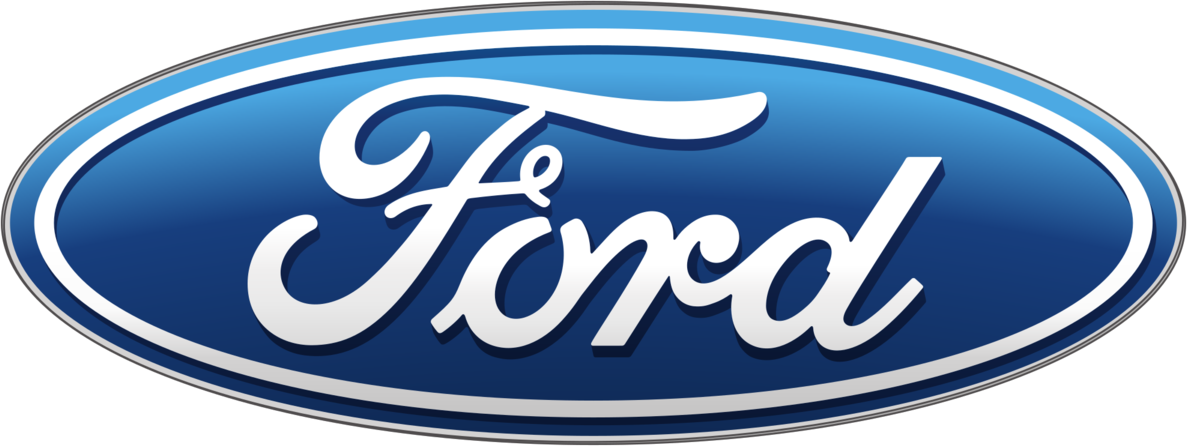Stedi maintains this guide based on public documentation from Ford. Contact Ford for official EDI specifications. To report any errors in this guide, please contact us.

X12 856 Ship Notice/Manifest
—
Delimiters
- ~ Segment
- * Element
- > Component
EDI samples
- None included
Powered by
Build EDI implementation guides at stedi.com
Overview
ISA
-
Max use 1
Required
GS
-
Functional Group Header
Max use 1
Required
detail
HL Loop Shipment
HL
7
Hierarchical Level
Max use 1
Required
MEA
15
Measurements
Max use 40
Optional
TD1
18
Carrier Details (Quantity and Weight)
Max use 20
Optional
TD5
19
Carrier Details (Routing Sequence/Transit Time)
Max use 12
Optional
TD3
20
Carrier Details (Equipment)
Max use 12
Optional
REF
22
Reference Numbers
Max use 200
Optional
DTM
27
Date/Time Reference
Max use 10
Optional
FOB
28
F.O.B. Related Instructions
Max use 1
Optional
CUR
38
Currency
Max use 1
Optional
ITA
39
Allowance, Charge or Service
Max use 10
Optional
HL Loop Item
HL
7
Hierarchical Level
Max use 1
Required
LIN
8
Item Identification Detail
Max use 1
Optional
SN1
10
Item Detail (Shipment)
Max use 1
Optional
SLN
11
Subline Item Detail
Max use 100
Optional
PRF
12
Purchase Order Reference
Max use 1
Optional
REF
22
Reference Numbers
Max use 200
Optional
DTM
27
Date/Time Reference
Max use 10
Optional
GE
-
Functional Group Trailer
Max use 1
Required
IEA
-
Max use 1
Required
—
- T
- Transportation Data Coordinating Committee (TDCC)
- X
- Accredited Standards Committee X12
Heading
—
- 00
- Original
- 01
- Cancellation
- 05
- Replace
- 08
- Status—
- 12
- Not Processed
Heading end
Detail
HL Loop Shipment
RequiredMax >1
Usage notes
—
—
- PD
- Physical Dimensions (Product Ordered)
TD1
18
Detail > HL Loop Shipment > TD1
Carrier Details (Quantity and Weight)
OptionalMax use 20
—
Usage notes
—
Example
TD5
19
Detail > HL Loop Shipment > TD5
Carrier Details (Routing Sequence/Transit Time)
OptionalMax use 12
—
Usage notes
—
Example
—
Usage notes
—
- 02
- Standard Carrier Alpha Code (SCAC)
—
Usage notes
—
Example values
OVLD
RDWY
JONS
—
Usage notes
—
- A
- Air
- AE
- Air Express
- C
- Consolidation
- E
- Expedited Truck
- G
- Piggyback
- H
- Customer Pickup
- JT
- Just in time
- LT
- Less Than Trailer Load (LTL)
- M
- Motor (Common Carrier)
- O
- Containerized Ocean
- PA
- Pooled Air
- PC
- Private Carrier
- PG
- Pooled Piggyback
- PP
- Pool to pool
- PR
- Pooled Rail
- PT
- Pooled Truck
- R
- Rail
- RR
- Roadrailer
- S
- Ocean
- U
- Private Parcel Service
- W
- Inland Waterway
- ZZ
- On hand at pool
TD3
20
Detail > HL Loop Shipment > TD3
Carrier Details (Equipment)
OptionalMax use 12
—
Usage notes
—
Example
—
- AW
- Air Waybill Number
- BM
- Bill of Lading Number
- CO
- Customer Order Number
- DO
- Delivery Order No.
- FR
- Freight Bill Number
- HC
- Heat Code
- LS
- Bar Coded Label Serial Number
- LT
- Lot Number
- PK
- Packing List Number
- SN
- Seal Number
- VM
- Vessel Name
FOB
28
Detail > HL Loop Shipment > FOB
F.O.B. Related Instructions
OptionalMax use 1
—
Usage notes
—
Example
N1 Loop
OptionalMax >1
N1 Loop end
ITA
39
Detail > HL Loop Shipment > ITA
Allowance, Charge or Service
OptionalMax use 10
—
Usage notes
—
Example
—
- 06
- Charge to be Paid by Customer
HL Loop Item
RequiredMax >1
Usage notes
—
LIN
8
Detail > HL Loop Shipment > HL Loop Item > LIN
Item Identification Detail
OptionalMax use 1
—
Usage notes
—
Example
SN1
10
Detail > HL Loop Shipment > HL Loop Item > SN1
Item Detail (Shipment)
OptionalMax use 1
—
Usage notes
—
Example
SLN
11
Detail > HL Loop Shipment > HL Loop Item > SLN
Subline Item Detail
OptionalMax use 100
—
Usage notes
—
Example
PRF
12
Detail > HL Loop Shipment > HL Loop Item > PRF
Purchase Order Reference
OptionalMax use 1
—
Example
REF
22
Detail > HL Loop Shipment > HL Loop Item > REF
Reference Numbers
OptionalMax use 200
—
Usage notes
—
Example
—
- AW
- Air Waybill Number
- BM
- Bill of Lading Number
- CO
- Customer Order Number
- DO
- Delivery Order No.
- FR
- Freight Bill Number
- HC
- Heat Code
- LS
- Bar Coded Label Serial Number
- LT
- Lot Number
- PK
- Packing List Number
- SN
- Seal Number
CLD Loop
OptionalMax 20
CLD
24
Detail > HL Loop Shipment > HL Loop Item > CLD Loop > CLD
Load Detail
RequiredMax use 1
—
Usage notes
—
Example
REF
25
Detail > HL Loop Shipment > HL Loop Item > CLD Loop > REF
Reference Numbers
OptionalMax use 200
—
Usage notes
—
Example
CLD Loop end
DTM
27
Detail > HL Loop Shipment > HL Loop Item > DTM
Date/Time Reference
OptionalMax use 10
—
Usage notes
—
Example
HL Loop Item end
HL Loop Shipment end
Detail end
Summary
Summary end
Stedi is a registered trademark of Stedi, Inc. All names, logos, and brands of third parties listed on this page are trademarks of their respective owners (including “X12”, which is a trademark of X12 Incorporated). Stedi, Inc. and its products and services are not endorsed by, sponsored by, or affiliated with these third parties. Use of these names, logos, and brands is for identification purposes only, and does not imply any such endorsement, sponsorship, or affiliation.